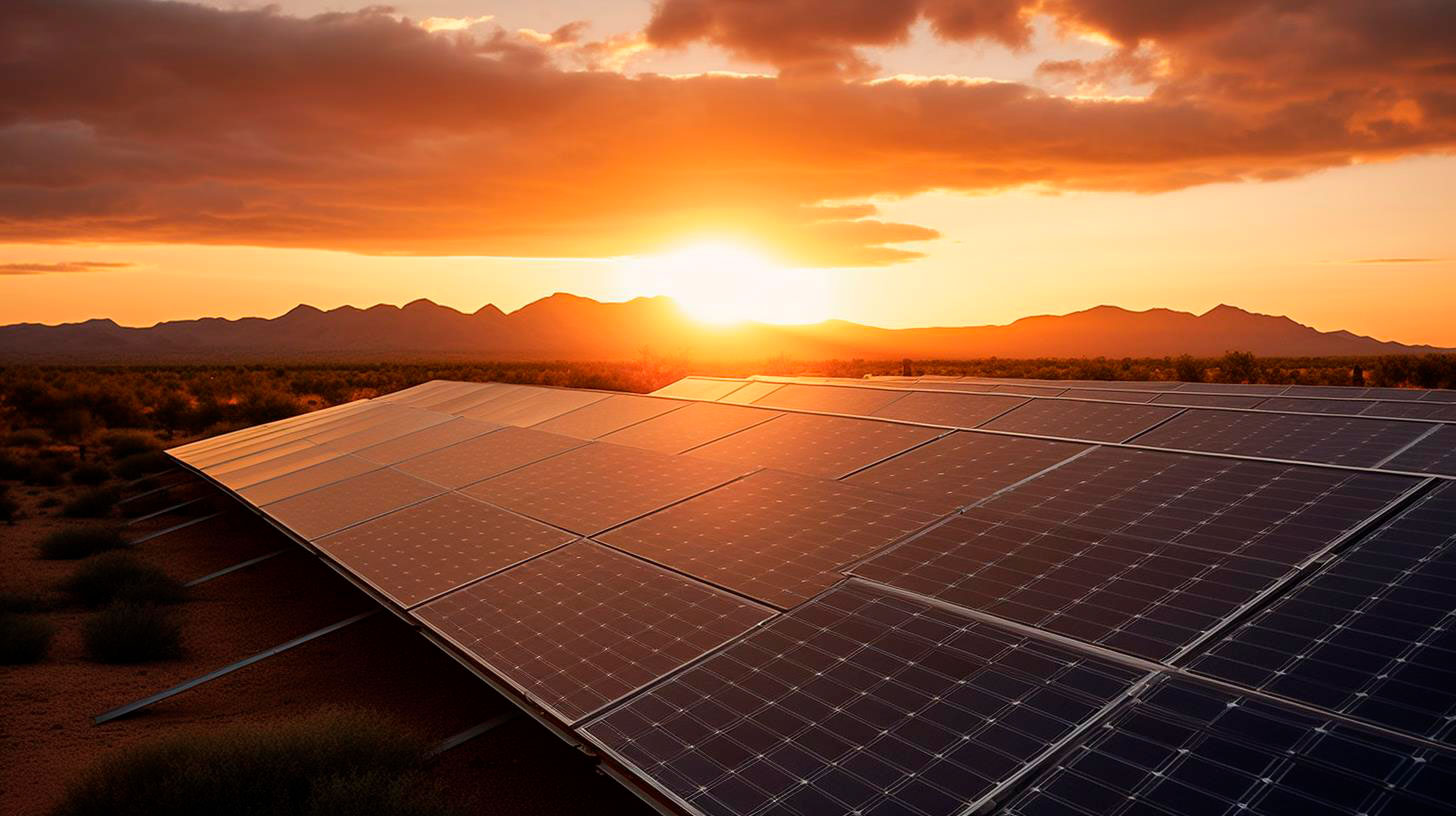Offshore Wind Farms: A Critical Component of Renewable Energy Portfolios
In this article, we delve into the world of offshore wind farms, exploring their features, advantages, and key takeaways for a sustainable future.
1. Features of Offshore Wind Farms
Offshore wind farms can be characterized by their unique features that distinguish them from onshore wind turbines:
- Located in the ocean, typically on continental shelves or in shallow waters near the coast.
- Consist of a cluster of wind turbines, commonly known as wind turbines.
- Use specialized foundations, such as monopiles, jackets, or floating platforms, to secure the turbines to the seabed.
- Benefit from the stronger and more consistent wind speeds available at sea, enhancing energy production.
- Require undersea cables to transmit the generated electricity to the mainland.
2. Advantages of Offshore Wind Farms
Offshore wind farms offer various advantages over their onshore counterparts, making them an appealing choice for renewable energy generation:
- Vast Energy Potential: According to the International Energy Agency (IEA), offshore wind has the potential to provide more than 18 times the current global electricity demand. The vast untapped energy potential of the world’s oceans makes offshore wind farms an attractive investment.
- Higher Electricity Generation: Offshore wind farms benefit from stronger and more consistent wind resources, allowing them to generate more electricity compared to onshore turbines. This increased efficiency contributes to a higher energy output and a more stable power supply.
- Reduced Visual Impact: Unlike onshore wind farms, which may face public opposition due to their visual impact on landscapes, offshore wind farms are significantly less visible from the shore. This makes them more socially accepted and minimizes potential conflicts with local communities.
- Less Noise Pollution: Offshore wind farms create less noise pollution than onshore installations, as the sound generated by the turbines is dispersed over the open water. This characteristic makes them more environmentally friendly and suitable for locations near populated areas.
- Utilization of Large Wind Resources: Offshore wind farms can access stronger and more consistent winds found at sea, resulting in higher capacity factors. This means that these installations can produce electricity more consistently, making them a reliable and effective renewable energy source.
3. Key Takeaways for a Sustainable Future
When considering offshore wind farms as a critical component of renewable energy portfolios, the following key takeaways are worth noting:
- Expanding Renewable Energy Capacity: Offshore wind farms have the potential to contribute significantly to global renewable energy targets, helping to reduce greenhouse gas emissions and combat climate change.
- Job Creation and Economic Growth: The growth of offshore wind farms creates job opportunities and drives economic growth within the renewable energy sector. According to the Global Wind Energy Council, the offshore wind industry could employ over 1 million people by 2050.
- Technological Advancement: The development and deployment of offshore wind farms drive innovation and technological advancements in areas such as turbine design, floating platforms, and undersea cable infrastructure, benefiting the broader energy industry.
- Energy Security: Offshore wind farms diversify energy sources by providing a reliable and domestic supply of clean electricity. This helps to reduce dependence on imported fossil fuels, enhancing energy security for countries.
- Collaboration and Integration: Offshore wind farms require collaboration between the energy sector, policymakers, and local communities. The integration of offshore wind into existing infrastructures and regulatory frameworks fosters cooperation and paves the way for a successful energy transition.
In conclusion, offshore wind farms demonstrate their significance as a critical component of renewable energy portfolios. With their unique features, advantages, and key takeaways, these innovative installations offer vast energy potential, higher electricity generation, reduced visual impact, and less noise pollution. By harnessing the power of offshore wind, we can pave the way for a sustainable future with expanded renewable energy capacity, job creation, technological advancements, energy security, and collaborative efforts towards a cleaner and greener planet.
